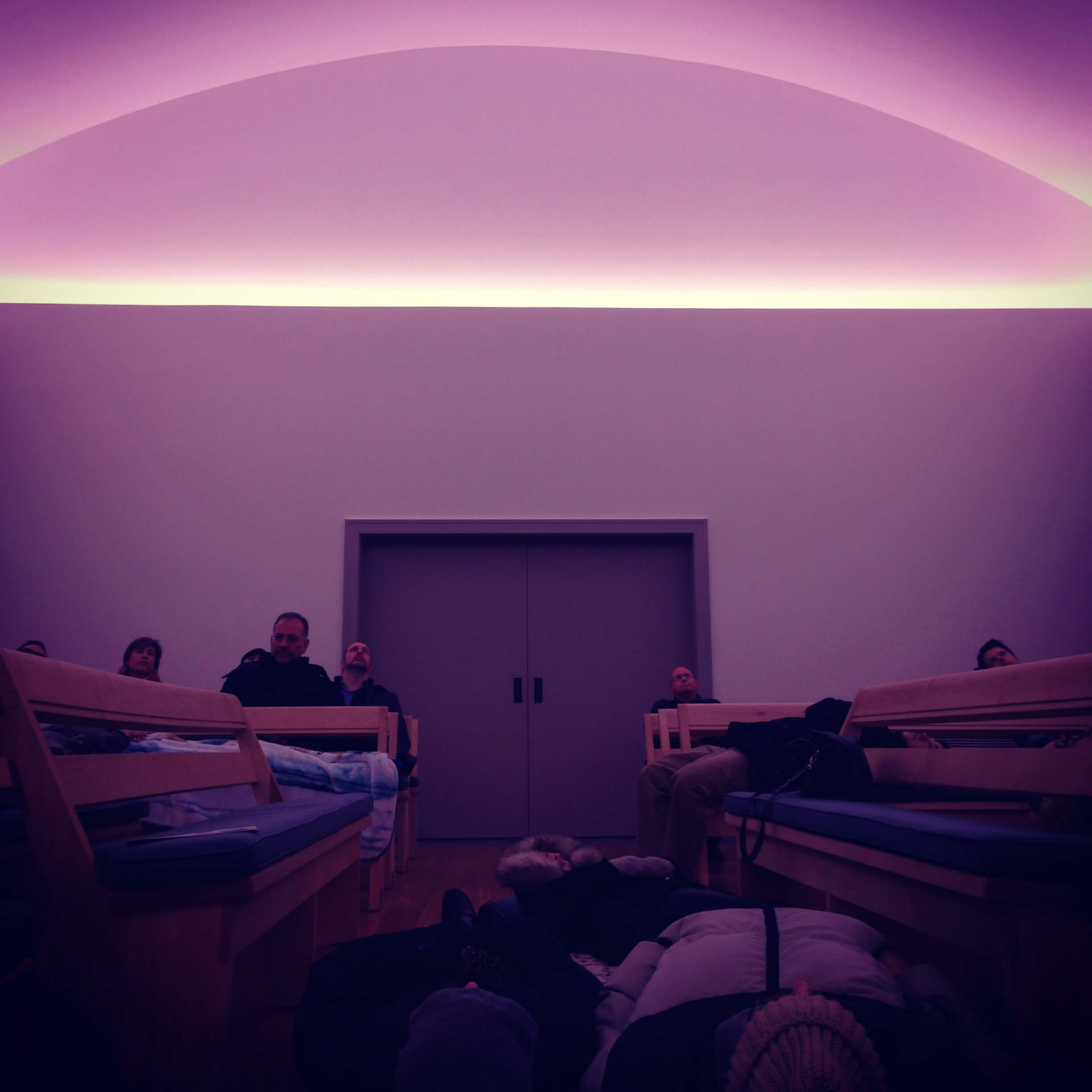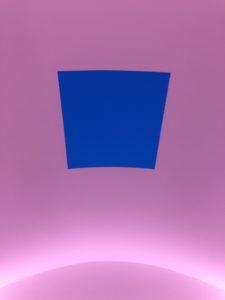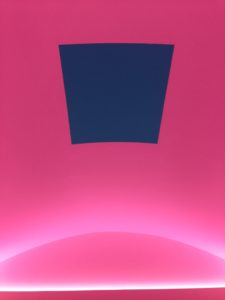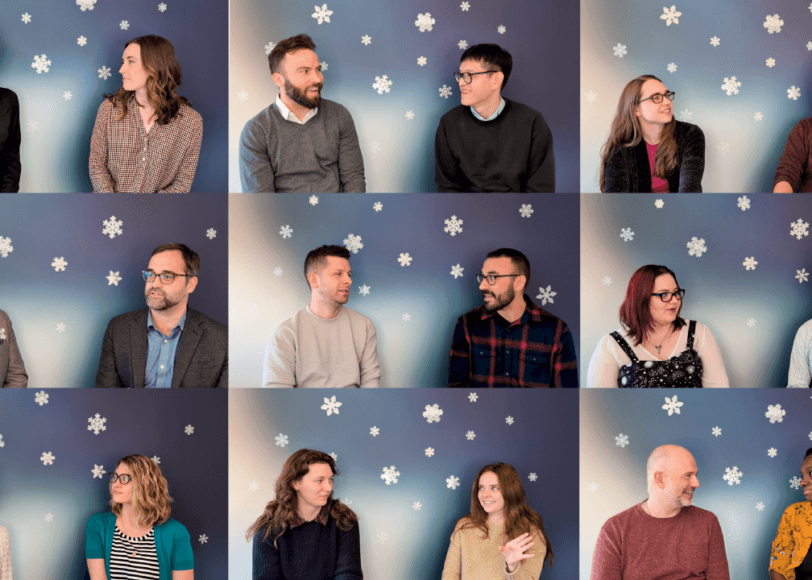This past winter, the International Association of Lighting Designers’ Philadelphia Chapter sponsored a private viewing of the James Turrell Skyspace at the Chestnut Hill Friends Quaker Meeting House. The Skyspace is a permanent art installation that explores perception, light, color and space. The wordless narrative of light speaks to viewers by impacting the eye, body, and mind to heighten ones awareness.
Prior to the event, I was familiar with Turrells work, but never had the opportunity to witness it firsthand. Turrells status as an internationally renowned artist naturally led me to have high expectations. In hindsight, those expectations didn’t prepare me for what I would soon experience.
Upon entering the meeting house, my eyes were immediately drawn upward to the subtly vaulted pure white ceiling. Its flawlessness unparalleled, this would soon become a canvas for light. At its center was a large rectangular skylight, which would remain closed until sunset. As people gathered in silence and took seats along the beautifully crafted wood benches, I decided to take a cue from another visitor and lay on the floor, a position reminiscent of lying in the summer grass as a child looking up at the stars.
After a brief introduction by a member of the Chestnut Hill Friends, the event began with the skylight slowly peeling away to reveal the night sky. The edges of the skylight were tapered back in such a way, the ceiling appear as thin as a sheet of paper. Its fine edge reminded me of I.M. Pei’s National Gallery of Art in Washington DC, with its facade angled to make you wonder how walls so thin could support any structure. After the show, those who arrived late would tell me they didn’t know it was an open skylight until they saw airplanes fly by.
The brisk winter air quickly flooded the unheated space. Prepared with a blanket and my wife by my side, I paid the weather no mind and immersed myself into the slow color changing light that draped across the vaulted ceiling. As time passed, the ceiling colors would subtly shift from violet to magenta to sapphire to emerald. Each ceiling effect would cause the color of the sky to change between deep blues, purplish greys, and hues of amber. I asked myself if this was this the actual sky color, or was it simply my perception heightened by the corresponding ceiling colors? This experience would continue for nearly an hour, never tiresome provided one entered with an open mind. Through this time, my mind wandered. I began to think about the impacts of light on space, my work as a lighting designer, and about my principles that push my desire to create beautiful spaces. As the sky made its way towards darker tones, I began to experience a sense of ending, even before it was over. And suddenly, as though Turrell was reading my mind, the sky transformed to pitch black, the ceiling became white, and my Skyspace experience ended.
As an event that runs at sunrise and sunset throughout the year, with different weather conditions and cloud cover, I imagine that no two experiences in the Skyspace are the same. I found the art installation to be very meditative, which is fitting for a Friends Meeting House since part of Quakerism worship is about self-reflection. As a member of the design world, that inner reflection pushed my desire to one day, like Turrell, create a space that uses light to touch ones soul.
